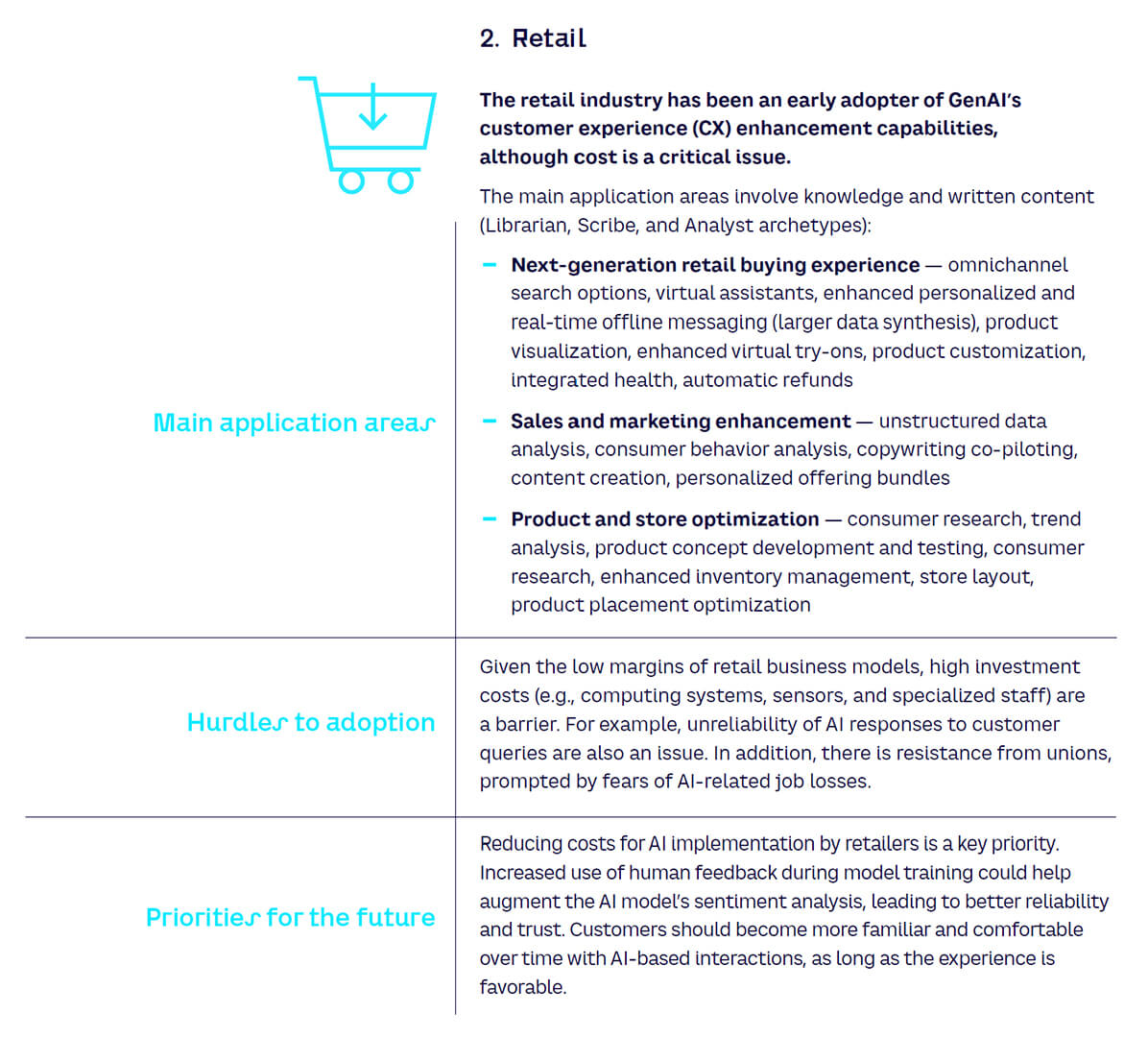
# AI-Powered Mobile Robots Revolutionizing Chemical Research
Chemical research, akin to numerous scientific fields, is poised for considerable transformation as advancements in artificial intelligence (AI) and robotics start to change conventional laboratory methods. A groundbreaking advancement in this area has emerged from a team led by Professor Andrew Cooper at the University of Liverpool, UK. In an innovative leap, the team has developed an intricate dual-robot system that autonomously and collaboratively executes and evaluates chemical reactions. This amalgamation of AI and robotics is set to hasten discoveries in chemical manufacturing, materials science, and drug discovery, with far-reaching ramifications for the chemistry field.
### Enhancing the Capabilities of Robotic Chemistry
The progression towards autonomous chemical discovery made significant strides in 2020 when Cooper’s group unveiled an AI-powered mobile robotic chemist aimed at optimizing photocatalytic hydrogen production. Over the course of eight days, the robot conducted nearly 700 experiments, demonstrating how automation can accelerate experimental workflows. However, the system faced constraints: it was limited to analyzing just one type of reaction and depended solely on gas chromatography for feedback, making it less effective in addressing more intricate or varied chemistries.
Addressing this issue, Cooper’s team has now advanced a more sophisticated system that integrates AI with enhanced flexibility. The new system confronts three critical challenges in explorative chemistry: **conducting reactions**, **evaluating products**, and **data-informed decision-making**. This comprehensive workflow offers researchers the capability to perform a variety of reaction types, facilitating the exploration of new chemical insights with unmatched efficiency.
### Humans and Robots: A Synergistic Future
Instead of displacing human researchers, these AI-driven robots augment their efforts and collaborate alongside them. The 1.75-meter-tall mobile robots within the system autonomously handle several essential laboratory instruments:
– **Chemspeed ISynth synthesis module** – for automating a variety of chemical reactions, from straightforward condensations to intricate multi-step procedures.
– **Ultrahigh-performance liquid chromatography-mass spectrometer (UPLC-MS)** – for accurate molecular analysis.
– **Benchtop nuclear magnetic resonance (NMR) spectrometer** – for elucidating chemical structures.
These robots, built to coexist with human researchers, provide operational flexibility. “Labs are structured for human use, and if you integrate everything into a rigid workflow, cohabitation becomes problematic,” comments Andrew Cooper. The robust design facilitates easy operation for students and other researchers with the robots undertaking their tasks when they are free.
A key feature of this system is its capability to conduct **parallel reactions**—the system initiates multiple reactions at once and subsequently synthesizes compounds. The resulting compounds are then characterized using more than one analytical technique (NMR and UPLC-MS), enhancing validation accuracy and minimizing the risk of false positives or negatives.
### AI-Enhanced Decision-Making for Greater Precision
Data analysis occupies a central role in this new workflow, matching human decision-making in both speed and precision. The system isn’t confined to executing experimental protocols—it employs AI-driven logic to evaluate reaction outcomes and decide on subsequent steps. The AI models autonomously determine whether successful reactions should be amplified, repeated, or modified further. Essentially, the robotic system operates much like a dedicated research graduate who never tires: “It’s akin to a graduate student that doesn’t require sleep!” exclaims David Leigh, a chemist at the University of Manchester.
For instance, during one experiment, the system synthesized a library of (thio)ureas, analyzing them via both NMR and UPLC-MS. The AI model not only evaluated reaction success but could also autonomously decide on the next series of experiments based on the gathered data.
Furthermore, the system was put to the test in the demanding domain of **supramolecular chemistry**, where the AI independently identified characteristic chemical shifts using NMR spectroscopy and confirmed molecular structures with UPLC-MS. Although AI-integrated robotic systems are exceptionally advanced, some limitations persist. “In more complicated scenarios, such as identifying unforeseen cyclization products, human intervention was necessary,” explains Leigh. Therefore, while AI manages a significant portion of routine responsibilities, groundbreaking discoveries still gain from the intuition of human researchers.
### Swift Decision-Making: The Key to Accelerated Discoveries
A notable benefit of this AI-powered platform is its capacity for rapid decision-making based on analytical data, significantly cutting down the time researchers usually spend on manual result interpretation. Simple algorithmic decision-making ensures robustness, which Cooper elaborates on: “We are striking a balance between sophistication and robustness.” This approach guarantees that the system can manage multiple chemistries, although certain complex inquiries might still necessitate human intervention.
The modular, flexible design of the workflow implies it could be scaled for industrial-scale operations in the future. Initially, challenges such as high upfront costs or personnel training may arise, but gradual enhancements promise to alleviate these barriers over time. Experts like Jie Xu from Argonne National Laboratory contend that this modular design is pivotal to